Whey is the liquidy by-product of cheese and yogurt making. Instead of throwing away the by-product and wasting it, you can use this incredibly nutritious and complete protein. Whey contains all nine amino acids! In addition, it contains a lot less lactose compared to other milk products.
Because of its high protein content and nutritional profile, whey is often used as the main ingredient in protein powder — which is used by health-conscious and active individuals to beef up their protein consumption.
I’ve made homemade cheese a handful of times and felt badly about throwing away all that milky white liquid that’s drained from cheese blocks. The first time I made my own cheese, I didn’t think twice about tossing the stuff in the sink. It looked a little gross, and as far as I knew, I didn’t need it for anything.
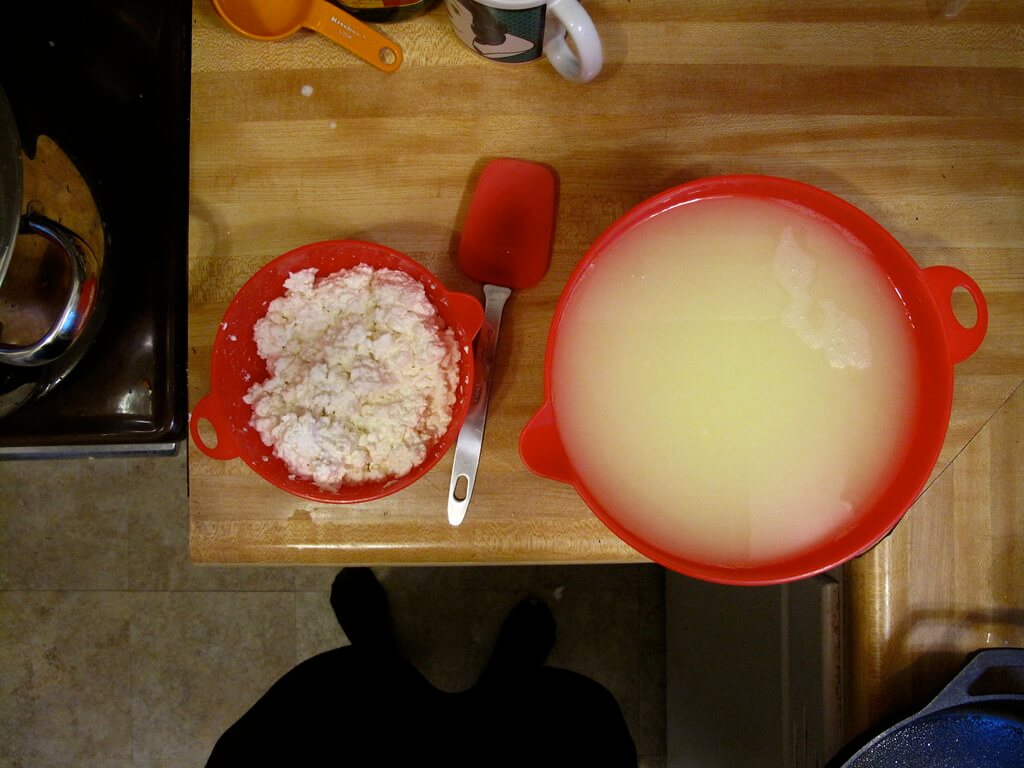
The next time I made cheese, I was more considerate. I wondered whether there was any use for this liquid by-product. Could I use it as a substitute for anything else? Was there any reason to keep it on hand? I still threw it down the drain, but I decided to find out more about what I might do with it next time.
Related Post: How To Make Goat Cheese
There are two main types — or flavors if you will — of whey. The liquid by-product that results from the cheese-making process is a salty, acidic whey that’s best used for savory dishes and kitchen tasks. The whey that you’ll get from yogurt making is typically sweeter, so it’s best used as an ingredient in desserts or sweet beverages.
There is a myriad of ways to use whey. Here are a few ideas, so you don’t have to pour it down the drain the next time you make cheese or yogurt.
1. Add Whey To Your Smoothie
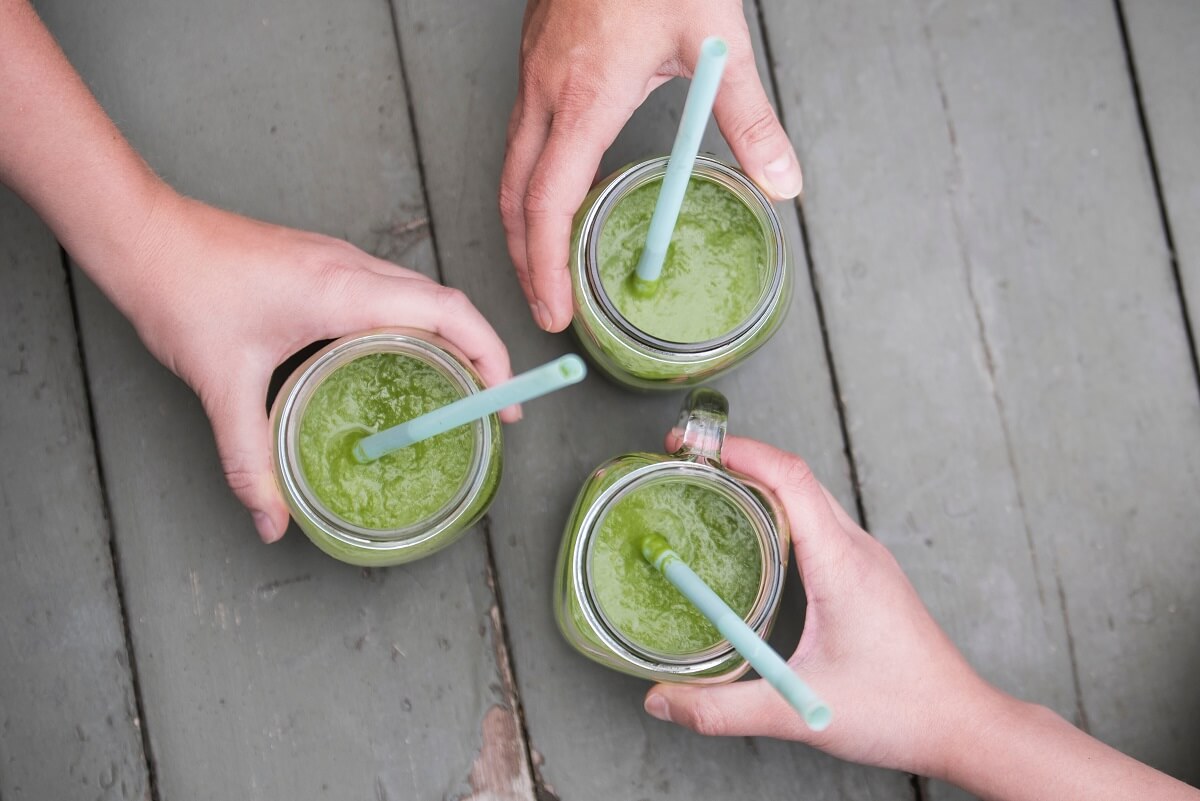
Make a sweet or savory smoothie with either type of whey and increase the protein content of your breakfast or snack beverage. It’s a great alternative to heavily processed protein powders, and you won’t have to spend money on an extra protein product. Just use the whey you have on hand from your last yogurt making (or cheese making) session.
2. Make Oatmeal
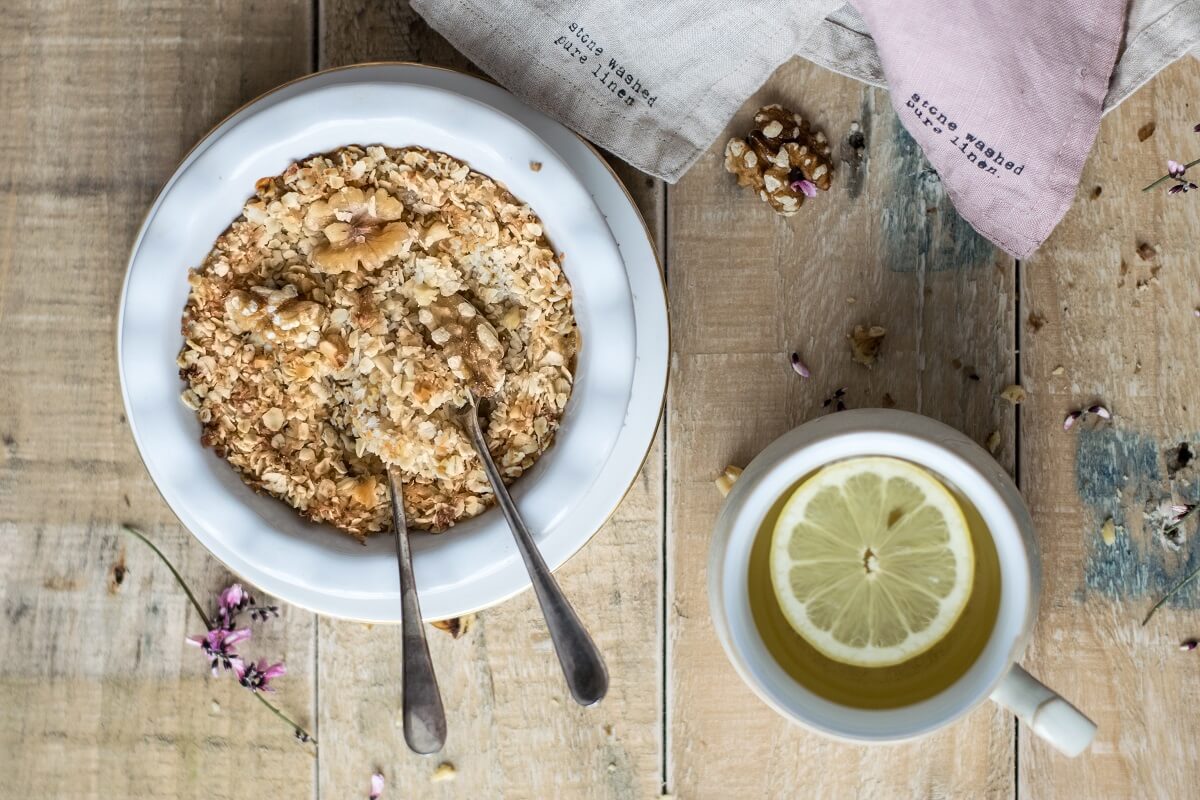
Mix quick oatmeal pouches with whey for an extra boost of protein in the morning. If you have more time, cook oats in whey or soak them overnight in the liquid, instead. It’s an easy way to add protein to your diet.
3. Use It As A Brine
Use acidic whey to marinate and brine different types of meat. You’ll end up with incredibly flavorful and succulent results.
4. Use It In Baking
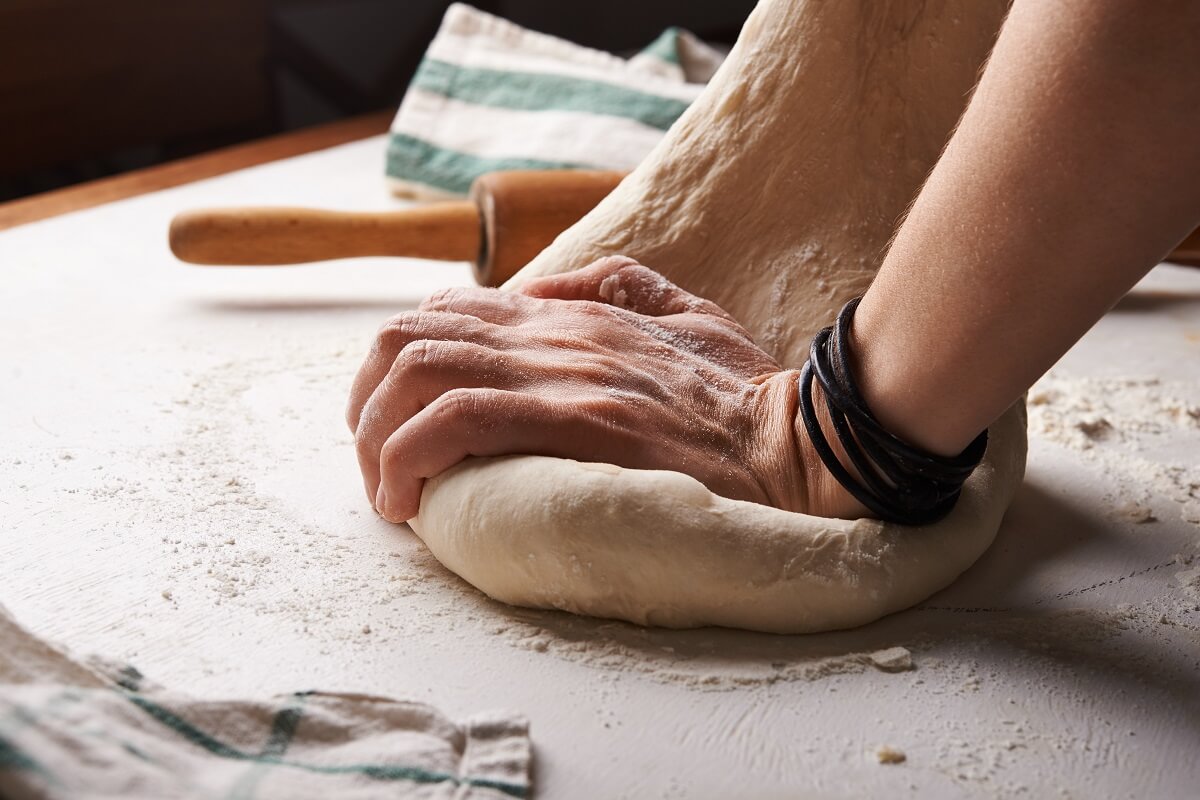
Use whey as a replacement for milk or water in baking. Be sure to use the sweet kind of whey (unless you’re baking something savory) to avoid a flavor mix up.
5. Use For Lacto-Fermentation
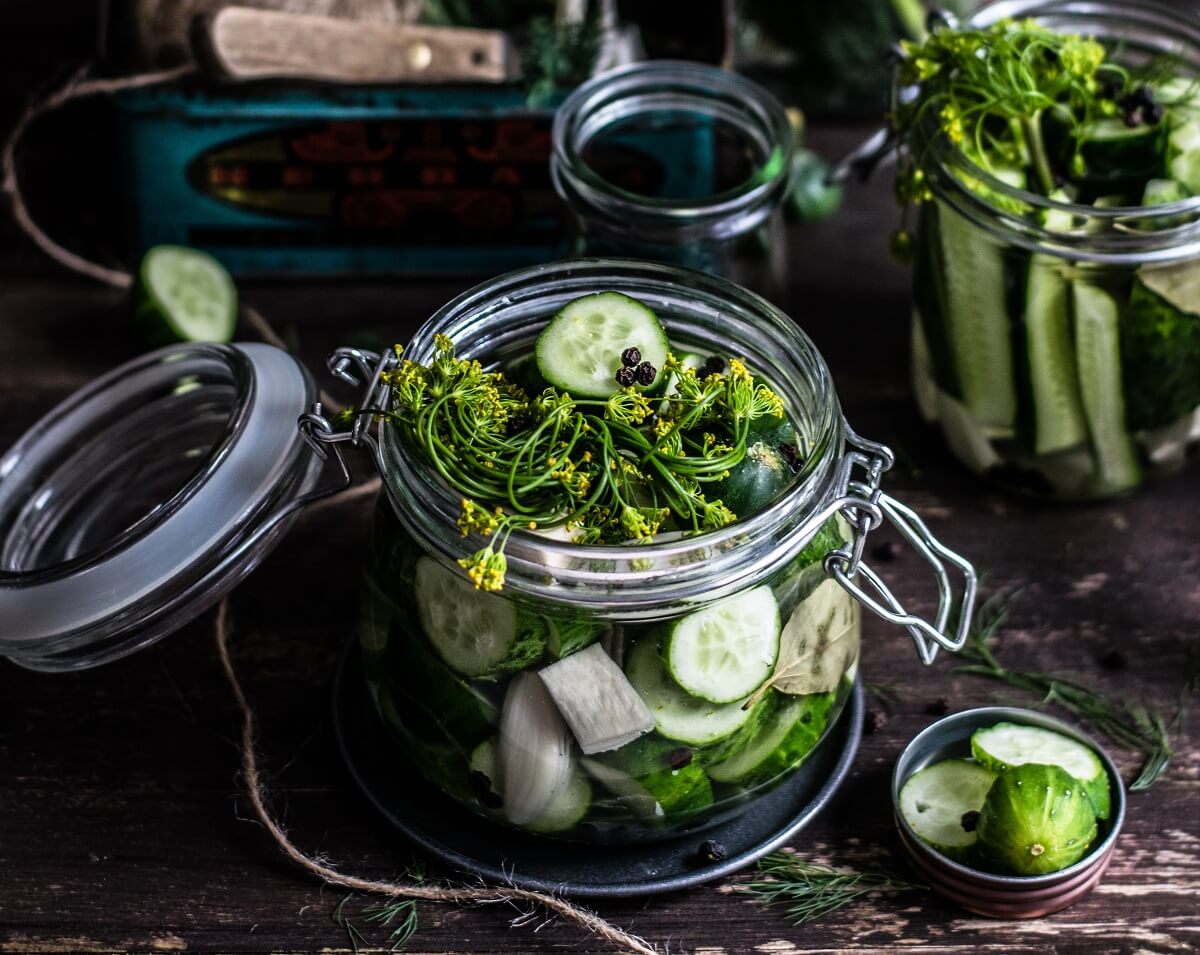
Ferment foods with your leftover whey for a delicious batch of probiotic filled goodies like sauerkraut, pickles, or kimchi.
6. Cook Rice, Noodles, Or Other Grains With Whey
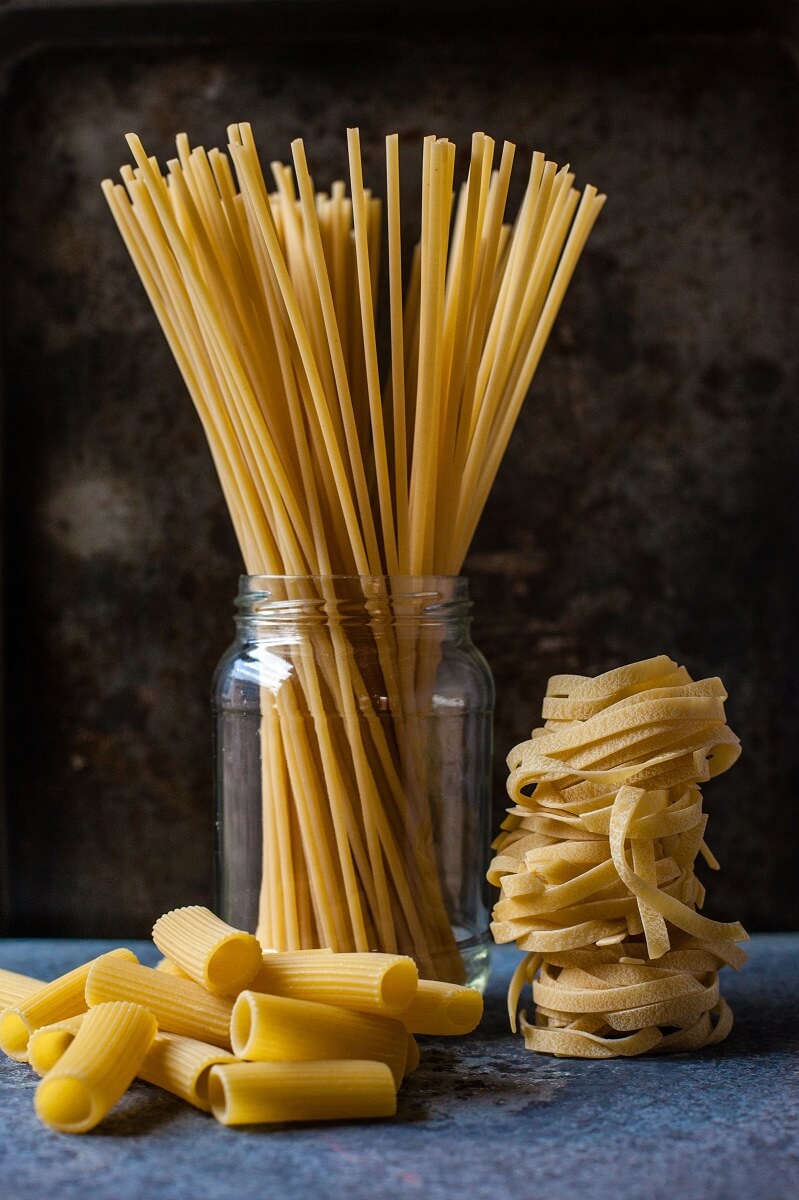
Quinoa, rice, oats, barley, faro, and even pasta will taste miles better cooked in a flavorful liquid like whey.
7. Use Whey In The Garden
Did you know that whey can also be used in your garden? Use it as you would a compost tea.
Related Post: How To Make Compost Tea
Add it to your watering can and pour the liquid around the base of your plants to give them a boost of nutrients — calcium in particular.
8. Substitute Whey For Broth

Making a soup or stew on a chilly evening? Boost the flavor and protein content by swapping whey for your regular broth of choice. Better yet, combine the two. Opt for a low-sodium broth product if you intend to mix it with whey since whey is already rather salty (though the amount of salt depends on how much you salted your cheese).
9. Add To Pesto
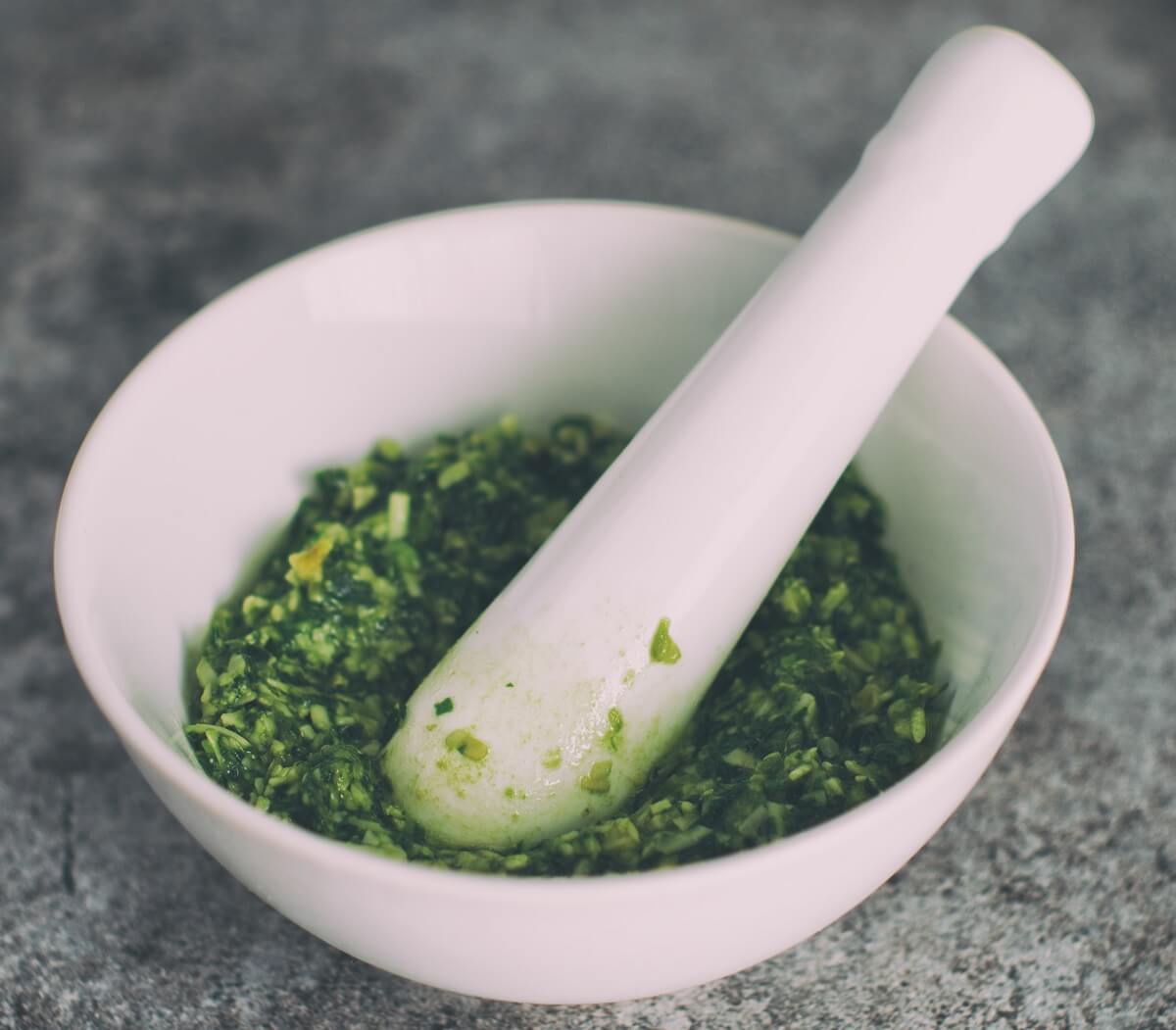
Infuse your pesto with a briny kick using whey. Whether you’re processing nuts, basil, kale, or carrot top pesto, consider adding whey for flavor and protein.
10. Use It As A Substitute For Buttermilk
Tangy buttermilk is a must-have ingredient for making cornbread and other savory carb-filled goods, but it’s not always an ingredient everyone has ready on hand.
Related Post: How To Make Sourdough
If you’re out of buttermilk and don’t feel like a trip to the grocery store, use your leftover whey instead. The flavor and consistency are similar, though you may need to adjust the amount of whey used.
11. Soak Dried Beans In Whey
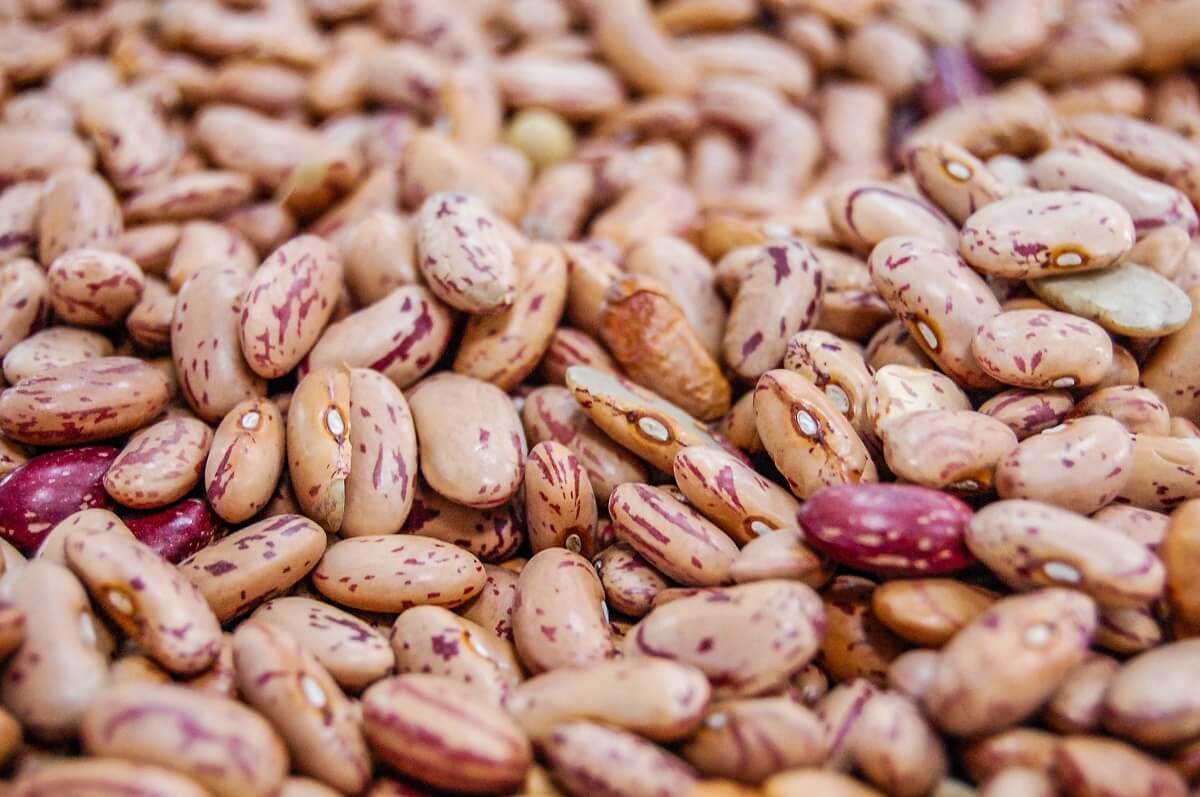
I love beans, and I cook them so much more often now thanks to my Instant Pot. Soaking them in water, however, doesn’t lend too much added flavor. Soak them in whey, and you’ll have tastier beans in the end.
12. Treat Your Pets

Give some of your leftover whey to Fido. It’s safe for human and animal consumption. Watch out, though, your pet might experience some tummy troubles when indulging in this treat.
13. Use It As A Compost Additive
If your municipal compost service allows for the addition of liquids, feel free to add whey to the bin. You might be able to toss it into your home compost, but be aware that throwing liquid in some compost bins can leave a smelly mess that attracts animals.
Whey Health Benefits
I’ve explained that whey is a nutritional powerhouse. It’s full of amino acids and contains a bounty of protein, but why does this matter?
Related Post: Plant-Based Protein: The Definitive Guide
Evidence shows that consuming whey may help to lower cholesterol, boost the immune system, lower blood pressure, and reduce the risk of heart disease. Not bad for something you were ready to toss down the drain, right?
The only drawback to using whey is that there’s a potential for gastrointestinal distress for some — especially if consumed in large quantities.
How To Store Whey
Storing whey is easy. Grab a mason jar from your cupboard and pour in the by-product from your cheese or yogurt making endeavors. Make sure the container is airtight, and stick it in the fridge. It’ll keep for about six months if stored correctly.
Whey can also be stored in the freezer. Pour it in an ice tray (with a lid) so you can have cubes on hand to toss into a smoothie or soup.








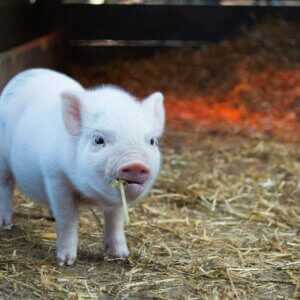

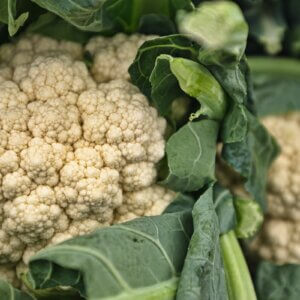


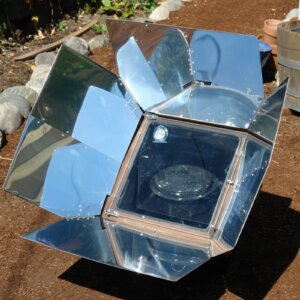



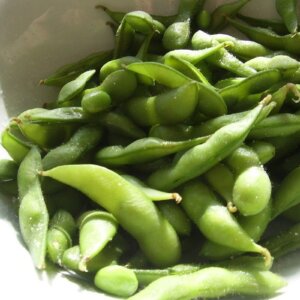
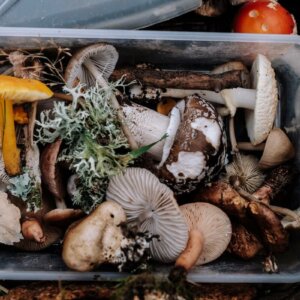
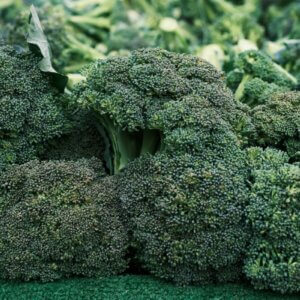
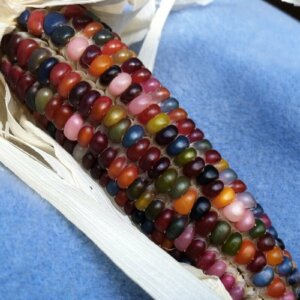







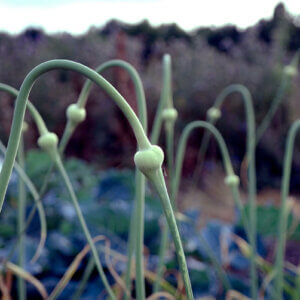













Can you drink fresh whey?
If you soak the dried beans in whey, do you dran off the whey after soaking or go ahead and cook the beans in the whey? No sure!
Sharon,
I didn’t see anyone answering you but my best guess would be if you soak dried beans in the whey for ever how many hours, you probably want to drain the beans after soaking & cook in fresh water or fresh whey. I am not much of a dried bean cooker, but when putting up fresh beans or peas I always blanch before vacuum sealing – something about stopping the enzymes. Anyway, I would guess that store bought dried peas/beans have probably not been blanched & so I would drain & use fresh water/stock/or whey to cook. dried pea/bean bags always seem to say soak in fresh water for x hours then drain & cook in fresh. I would also add bit more salt when cooking & don’t rely on the salt remaining in the whey. But taste the whey, then see what you think. store bought dried peas/beans seem to need more help than pea/beans that have dried on the plant & just get put into old hosery to store! then into freezer to keep longer. I do hope you have great Luck!!! I know absolutely nothing about cooking with whey, but this list looked interesting. One idea is to just split your recipe in half & cook half the beans in the soaking whey and half in fresh. I am no dried bean expert, but I have put up many, many freezers full of fresh peas, beans & corn, blackberries & blueberries… I miss being able to pick & freeze so badly. Hope you have blessed and joyfilled holidays & have a chance to try something new (like this) with recipes!